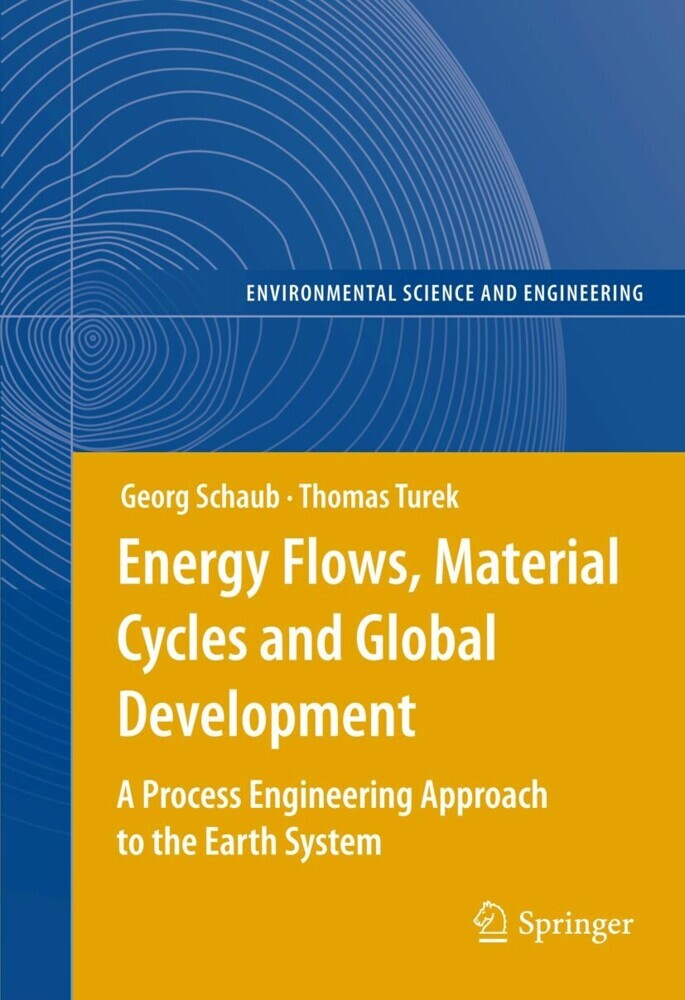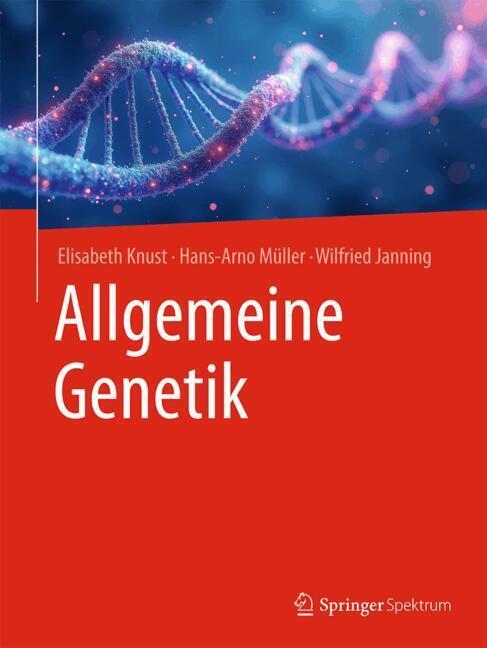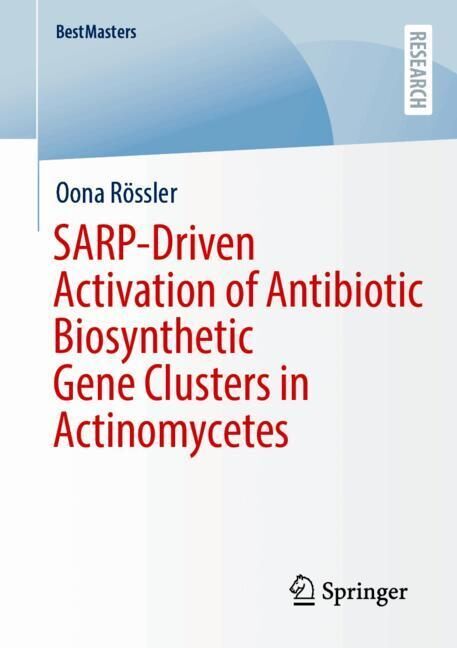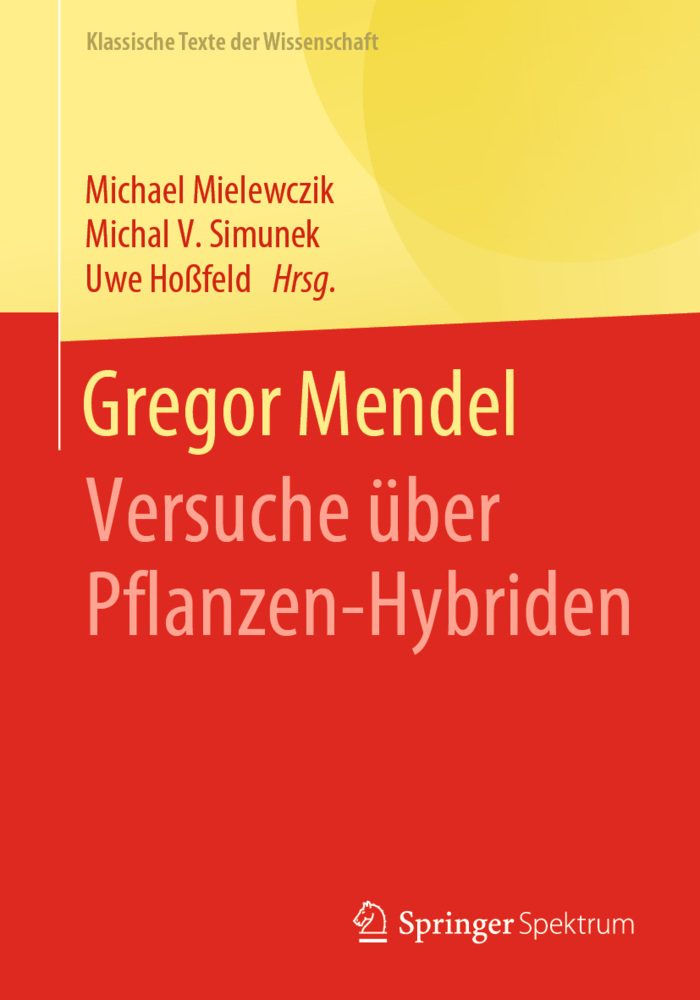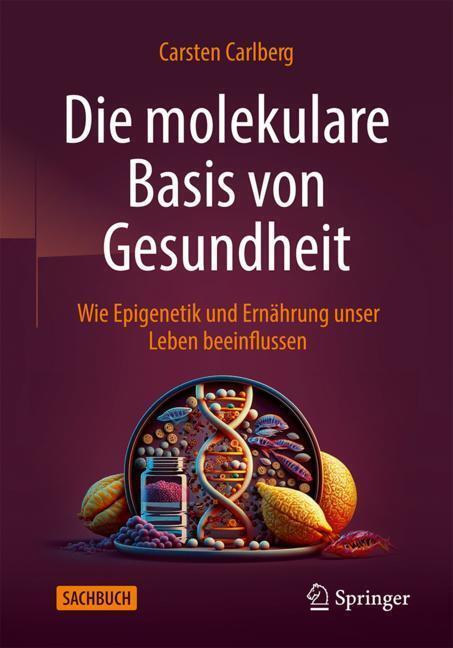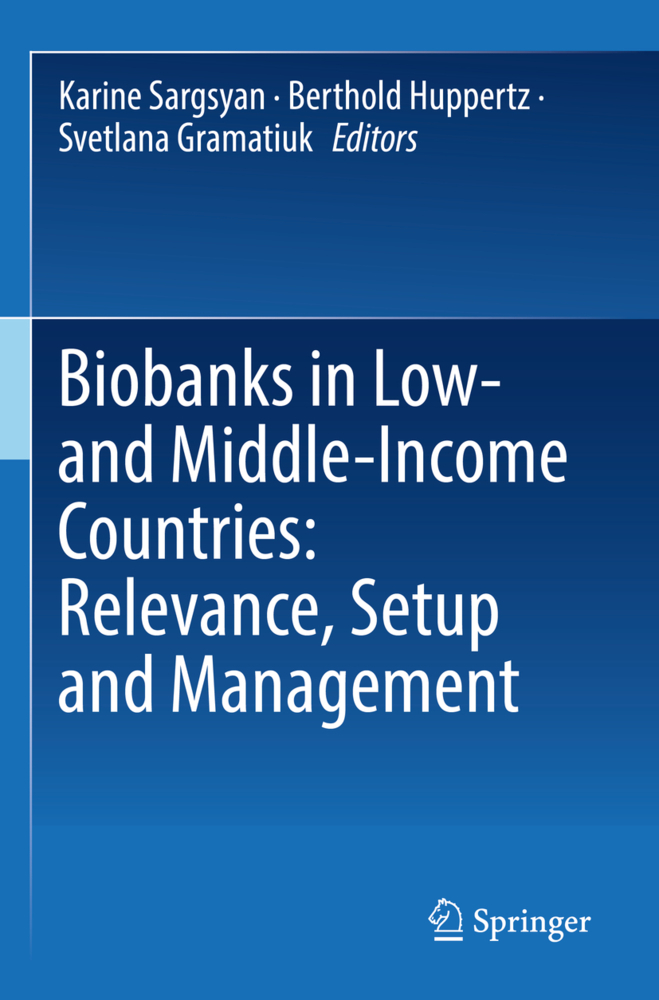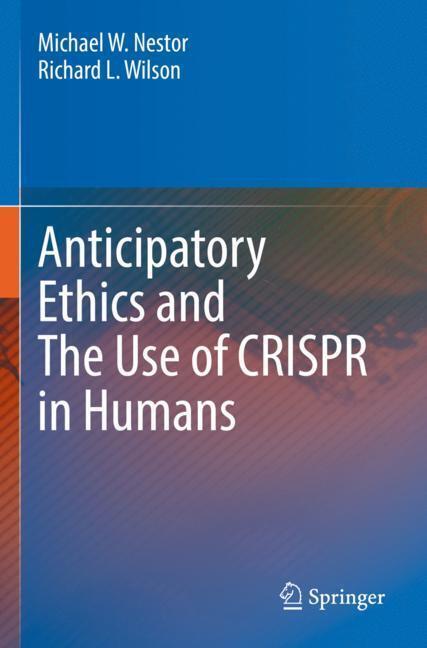Energy Flows, Material Cycles and Global Development
A Process Engineering Approach to the Earth System
The book deals with the global flows of energy and materials, and changes caused by human activities. Based on these facts, the limitations of anthropogenic energy and material flows and the resulting consequences for the development of human societies are discussed. Different scenarios for lifestyle patterns are correlated with the world´s future development of energy supply and climate. The book provides a process engineering approach to the Earth system and global development. It requires basic understanding of mathematics, physics, chemistry and biology, and provides an insight into the complex matter for readers ranging from undergraduate students to experts.
1;Preface;41.1;Why a Process Engineering Approach to the Earth System?;41.2;Acknowledgements;52;Contents;63;Acronyms;94;1 Introduction and Fundamentals;114.1;1.1 The Starting Point: Sustainability and Global Change;114.2;1.2 Systems and Balances;154.2.1;1.2.1 Types of Systems and General Balances;154.2.2;1.2.2 Example: Historical Developmentof Atmospheric CO2 Concentration;174.2.3;1.2.3 Characteristics of Dynamic Systems;194.3;1.3 Thermodynamics: the Different Forms of Energy;274.3.1;1.3.1 The First Law of Thermodynamics;274.3.2;1.3.2 The Second Law of Thermodynamics;294.3.3;1.3.3 Non-equilibrium Thermodynamics:Complex Behavior and Formation of Structures;324.4;References;345;2 Biogeosphere as Environment for Life;365.1;2.1 Planet Earth and the Present Biogeosphere;365.2;2.2 Historical Development of the Biogeosphere;415.2.1;2.2.1 Formation of Earth and Driving Forces for Change;415.2.2;2.2.2 Atmosphere;435.2.3;2.2.3 Climate;475.2.4;2.2.4 Life;515.2.5;2.2.5 Civilization;555.3;References;596;3 Energy Balance of the Earth;616.1;3.1 Energy Exchange by Radiation;626.2;3.2 Role of the Atmosphere and Greenhouse Effect;646.3;3.3 Spatio-temporal Variations;686.4;3.4 Photosynthesis;726.5;3.5 Energy Balance and Climate;786.5.1;3.5.1 Snowball Earth: Ice-Albedo Feedbackand Multiple Climate States;786.5.2;3.5.2 Simple Models for the Self-Regulating Behavior of the Earth System;806.5.3;3.5.3 Global Climate Models;826.6;References;857;4 Global Material Cycles;877.1;4.1 The Carbon Cycle;887.2;4.2 The Oxygen Cycle;927.3;4.3 The Water Cycle;947.4;4.4 The Nitrogen Cycle;987.5;4.5 The Sulfur Cycle;1017.6;4.6 The Phosphorus Cycle;1037.7;4.7 The Chlorine Cycle;1047.8;4.8 Interaction of Material Cycles;1097.9;References;1118;5 Anthropogenic Material and Energy Flows;1138.1;5.1 Changes in the Natural Carbon Cycle;1138.1.1;5.1.1 Overview of Factors and Phases;1138.1.2;5.1.2 Phase 10000-250 Years Ago;1158.1.3;5.1.3 Phase 250 Years Ago Until Today;1188.2;5.2 Other Anthropogenic Material Flows;1218.3;5.3 Global Utilization of Primary Energy;1238.4;5.4 Energy Flows in Germany;1248.4.1;5.4.1 Overview;1258.4.2;5.4.2 Energy Flows Related to Mobility and Transport;1288.4.3;5.4.3 Energy Flows Related to Industry;1318.4.4;5.4.4 Energy Flows Related to Buildings and Domestic Use;1348.5;5.5 Correlation Between Energy Flows and Carbon Flows;1358.6;References;1399;6 Limits for Anthropogenic Material and Energy Flows;1419.1;6.1 Reserves and Resources of Fossil Fuels;1419.2;6.2 Net Primary Production of Photosynthesis NPP;1469.3;6.3 Local and Regional Ecosystems;1489.4;6.4 Impact on Climate System;1509.5;References;15110;7 Approaches to Global Development;15210.1;7.1 Criteria and Aims of Future Development;15210.2;7.2 Examples of Sustainable Technologies;15510.2.1;7.2.1 Electrical Energy Generation;15510.2.2;7.2.2 Heat Generation;15910.2.3;7.2.3 Energy Supply for Mobility and Transport;16310.2.4;7.2.4 Bioenergy;16510.2.5;7.2.5 Hydrogen;17010.3;7.3 Climate Engineering;17110.4;7.4 Individual Living Conditions and Lifestyles;17310.5;7.5 Global CO2 Emission and Atmospheric Carbon Inventory Scenarios;17710.6;References;18211;8 Conclusions;18412;Glossary;18713;Nomenclature;19714;Index;200
| ISBN | 9783642127366 |
|---|---|
| Artikelnummer | 9783642127366 |
| Medientyp | E-Book - PDF |
| Auflage | 2. Aufl. |
| Copyrightjahr | 2010 |
| Verlag | Springer-Verlag |
| Umfang | 204 Seiten |
| Sprache | Englisch |
| Kopierschutz | Adobe DRM |

